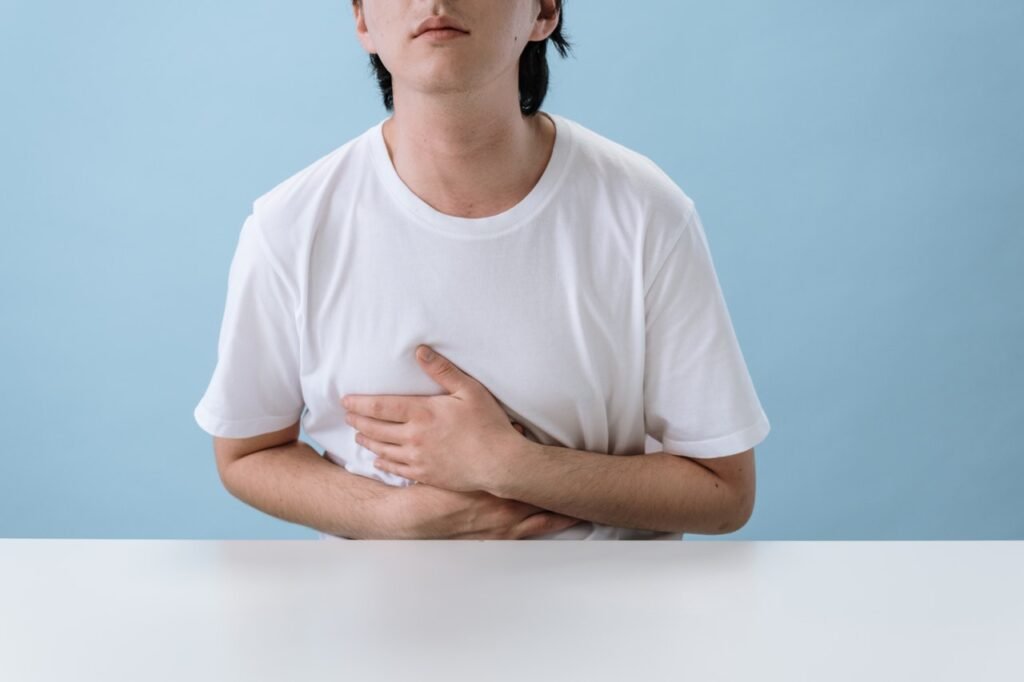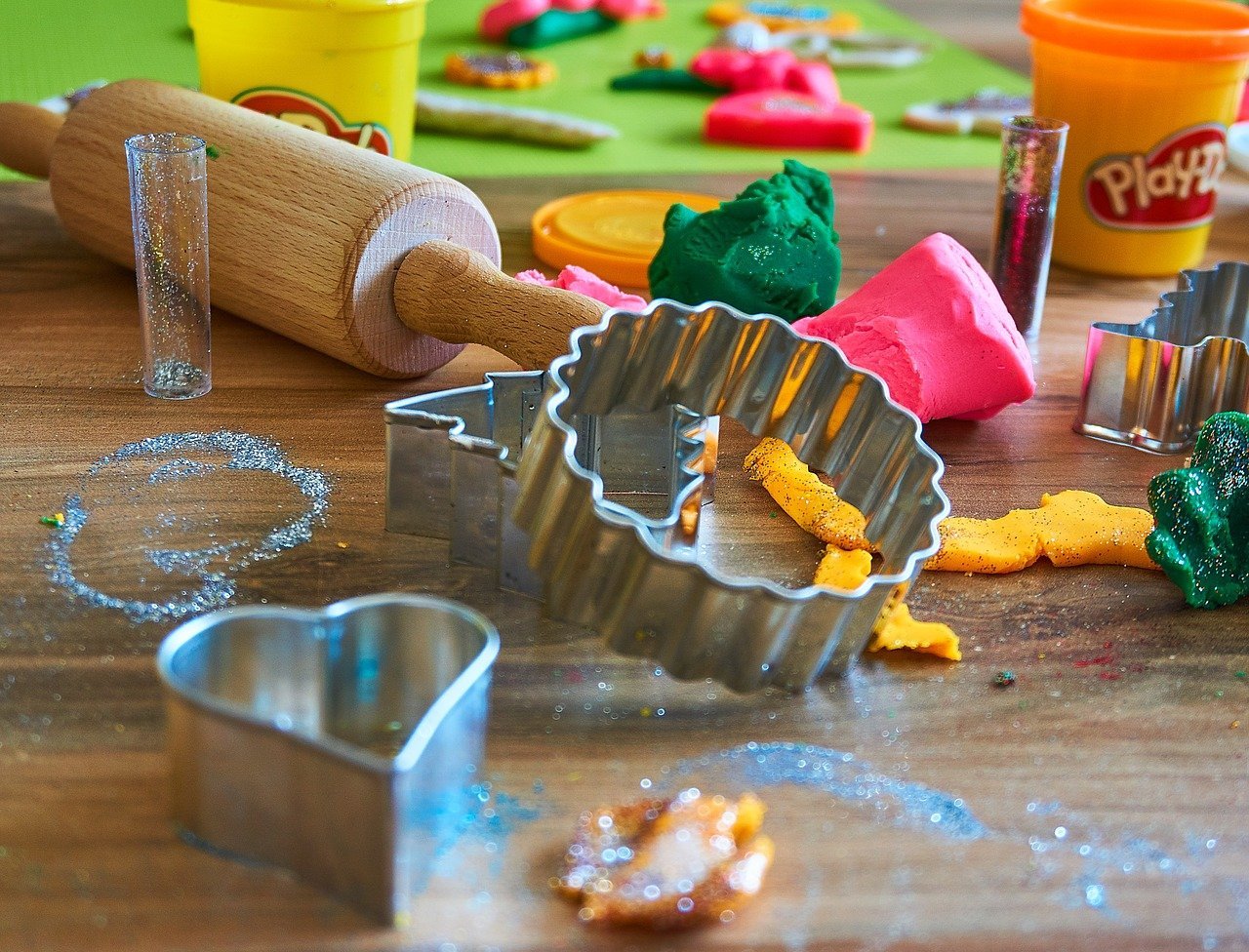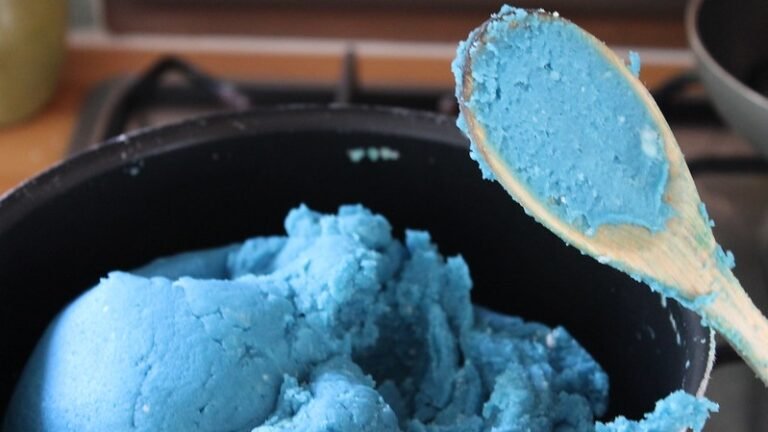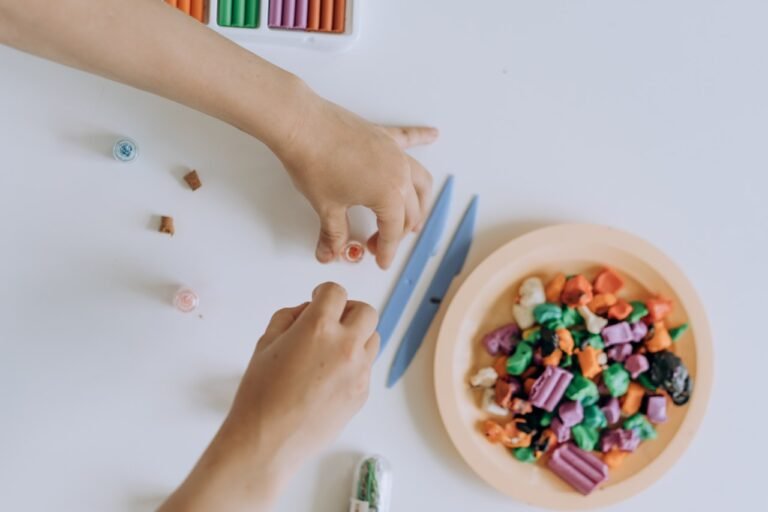Can You Eat Playdoh? All You Need To Know
Play-doh is a soft clay that children use as a modeling material. It is easy to make and is non-toxic. But the ingredients used to make homemade play-doh decides the safety of the material. So, Can You Eat Playdoh?
Commercially available Play-doh is non-toxic in nature. If a kid consumes a small amount of Play-doh, it is not harmful. On the other hand, consuming large amounts of Play-doh containing gluten and wheat might cause an allergic reaction in certain kids. So, it is necessary to check the ingredients of Play-doh before purchasing or preparing it at home.
Nonetheless, it is always beneficial to know the precautionary steps when your kid plays with play-doh. Additionally, I will inform you in the following sections about the remedial actions in case your child consumes large chunks of play-doh. Have you ever wondered how harmful is it if a kid consumes playdoh? Let’s discuss the issue in the upcoming section.
What Happens If My Child Eats Playdoh?
It is normal for small children to explore everything with their mouths. It is imperative for parents to inform their children that Play-doh is not food and they should not eat it. It can lead to a choking hazard if consumed but in case of swallowing, it will not impact the throat.
Consuming small batches of play-doh will not harm the children. On the contrary, if a child consumes a large amount of Play-doh, then there might be stomach aches or loose bowel movements.
Technically, clay is not absorbed by the body. So its effect is minimalistic. Since it is non-toxic in nature, you need not worry about your child eating playdoh. But if it consists of edible constituents like salt and baking soda, a large amount may cause trouble. So what to do?
If you find your kid eating playdoh, do not panic and follow the below-mentioned remedial steps:
- Take the play-doh and place it away from the kid.
- Wipe out the kid’s face with a soft and wet cloth.
- Give them some water to drink.
- In case of further queries, call a doctor for a regular check-up.
As a parent, we are always concerned with the well-being of our children. So it is necessary for you to learn the remedies before anything happens.

Is It Bad to Eat Play Doh?
Although commercially available playdoh is technically safe to consume, it is important to check the ingredients and be wary of them. Certain ingredients, such as salts or common allergens can be problematic for kids.
Common store brands like Hasbro Play-Doh, Crayola Dough, and RoseArt Fun Dough are a few certified brands. They are non-toxic in nature as they contain no edible items in large quantities. The use of chemicals like Borax in older versions of Play-doh may be hazardous. Thus, it becomes essential to check labels to make sure such chemicals are not used in the manufacturing process as they can have disastrous consequences.
Homemade Playdoh consists of higher amounts of salt. Your child might not like its taste and is more likely to spit it out on the first try. But if a child consumes 4 grams of homemade playdoh (consisting of 250 milligrams of salt/gram of doh), it may cause ill effects like vomiting, headaches, and abdominal pain.
As playdoh is not digestible, it will sit in the stomach like a piece of lead until the child vomits it out. According to Skeptical Crunchy Mom, consuming large amounts of playdoh can cause abdominal pains. However, if the pain does not pass in a short while, it is always advisable to consult a doctor.
One of the other ingredients in homemade playdoh, that can cause harmful effects on consumption, is flour. If the flour is not properly cooked before adding it to the playdoh batter, it may carry harmful bacteria. This bacteria is unhealthy for the kids and they must not consume it.
Additionally, before making playdoh at home, make sure your child is not allergic to ingredients like wheat flour, powdered milk, or peanut butter. Children allergic to gluten should always play with commercial gluten-free playdoh or homemade playdoh prepared with gluten-free flour.
To make gluten-free homemade playdoh, you can visit the link here. Rebecca Pytell is my personal favorite author and she provides an easy-to-follow tutorial to make colorful playdoh for kids of all ages.
Related: What Can You Do If Your Dog Eats Play-Doh?
Can You Eat Playdoh?
Commercially available playdoh is non-toxic in nature and is not harmful to a kid’s body. But it is every parent’s responsibility to make their children understand that Playdoh is not a food item and they should not consume it.
Chewing playdoh may cause choking issues. Constant parental supervision is highly advisable in such scenarios. Swallowing playdoh may not cause choking but it may cause stomach issues like constipation and loose stool. Issues like Diarrhoea appear to be lessening after each bout. However, if it gets worse, contact a doctor right away.
If your child in is the ‘chew on everything and anything phase, then it is better to keep such things in a store until the phase is over. Once your kids are a bit older, they will once again enjoy making colorful sculptures without trying to chew on them.
If your child is suffering from Celiac Disease, professionals recommend keeping them away from homemade playdoh. The gluten content of the clay can be harmful to the child. In the case of commercial playdoh, always check the label on your brand of modeling clay.
In some cases, your child may show symptoms of allergic reactions due to the presence of common materials like a starch-based binder, boric acid, soap, oils, and color. If you see an inflammatory reaction to the dough, then immediately contact a health professional for a consultation. Depending upon the level of reaction, there can be vomiting, itching rashes, fatigue, and more.
Overall eating play-doh may not critically hurt you. But it may have some of its side effects on your kid’s digestive. So always be cautious and take the necessary precautions to avoid any injuries.







